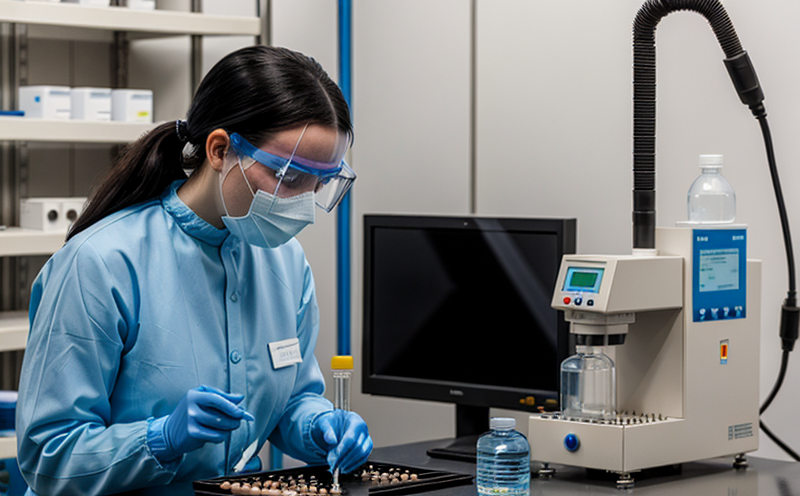ICH Q3C Residual Solvents Testing Validation Method Development Test
The ICH Q3C guideline is a cornerstone of pharmaceutical quality assurance and compliance, ensuring that drug products are free from harmful residual solvents. This service focuses on the validation method development for testing residual solvents as per the requirements outlined in ICH Q3C (R7). The process involves meticulous sample preparation, rigorous analysis using state-of-the-art instrumentation, and comprehensive reporting to ensure accurate identification and quantification of residual solvents.
The ICH Q3C guideline mandates that all residual solvents be identified and quantified according to their respective limits. This includes solvents used during the manufacturing process as well as those that may have been inadvertently introduced into the final product. The testing is critical not only for ensuring safety but also for maintaining regulatory compliance.
The validation method development involves several key steps:
- Selection of appropriate analytical techniques
- Optimization of extraction and clean-up procedures
- Method linearity, accuracy, precision, and robustness verification
- Determination of detection limits
The process begins with the selection of the appropriate analytical techniques. Typically, GC (Gas Chromatography) is used for this purpose due to its high sensitivity and selectivity in detecting trace amounts of solvents. The next step involves optimizing extraction methods such as Soxhlet extraction or QuEChERS (Quick, Easy, Cheap, Effective, Rugged, Safe) to ensure efficient removal of residual solvents from the sample matrix.
Once the extraction method is optimized, the clean-up process must be validated. This includes the use of appropriate sorbent materials and solvent systems to remove interfering substances without affecting the detection of residual solvents. Following this, the analytical method undergoes thorough validation to ensure it meets all required performance characteristics.
The validation parameters include linearity over a specified range, accuracy within predefined limits, precision (repeatability and intermediate precision), and robustness against small changes in operating conditions. The detection limit should be sufficiently low to detect trace amounts of solvents that could pose risks to patient safety.
After method validation, the actual testing is conducted on samples representative of the drug product. This includes preparing the sample according to established procedures, extracting residual solvents using optimized techniques, and analyzing them with validated GC methods. The results are then analyzed for compliance with ICH Q3C (R7) guidelines.
The test report provides detailed information about the methodology used, the analytical results obtained, and any deviations from standard limits. This report is crucial for internal quality control purposes as well as external regulatory submissions.
Industry Applications
| Industry Sector | Application |
|---|---|
| Pharmaceutical Manufacturing | Validation of residual solvent removal during manufacturing processes. |
| Cosmetics & Personal Care Products | Testing and validation for cosmetic raw materials to ensure safety. |
| Biopharmaceuticals | Validation of residual solvents in biologically derived substances. |
Environmental and Sustainability Contributions
- Reduces the environmental footprint by ensuring safe handling and disposal of solvents.
- Aids in compliance with international environmental regulations, thereby supporting sustainable manufacturing practices.
- Promotes safer working environments for laboratory personnel through accurate identification and quantification of residual solvents.
Competitive Advantage and Market Impact
The ability to perform ICH Q3C compliant residual solvent testing validates a company’s commitment to quality and safety. This service enhances a pharmaceutical manufacturer's reputation, fostering trust among customers and regulatory bodies alike.
Compliance with ICH guidelines ensures that products meet stringent global standards, enabling companies to enter international markets seamlessly. It also aids in maintaining an excellent rapport with regulatory authorities, which can be crucial during audits or inspections.
Moreover, this service supports a company's overall sustainability initiatives by ensuring safe and responsible use of resources throughout the manufacturing process. This proactive approach sets the stage for long-term success and growth within competitive markets.





